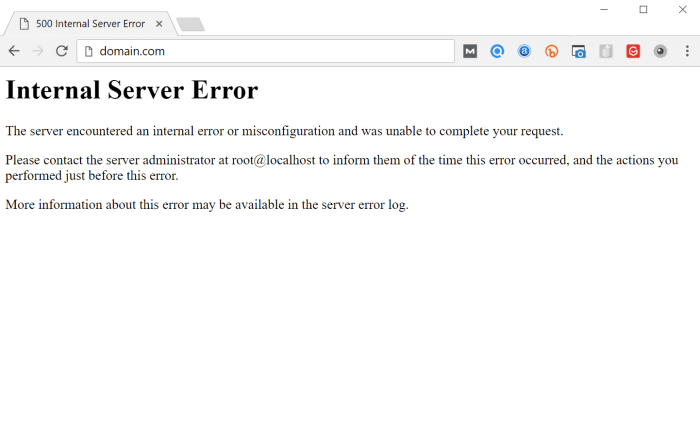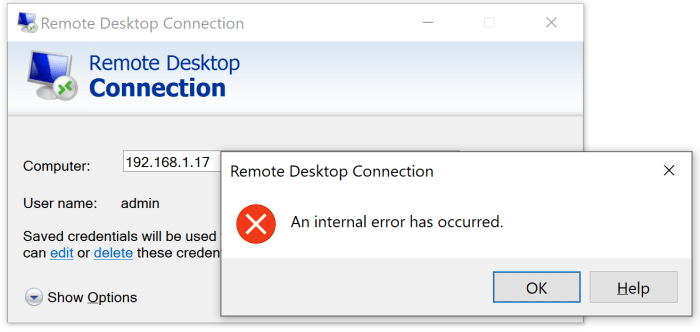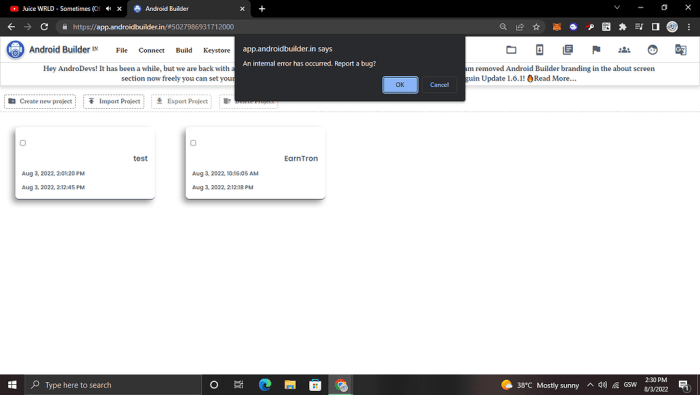Enter a balanced equation for the dissociation of nicl2 – As we delve into the realm of aqueous solutions, the dissociation of NiCl2 takes center stage, offering a captivating glimpse into the fundamental principles of equilibrium chemistry. This equation, meticulously balanced to reflect the intricate dance of ions in water, holds profound significance, providing insights into the behavior of electrolytes and shaping the properties of countless chemical systems.
The dissociation of NiCl2, represented by the balanced chemical equation NiCl2(aq) → Ni2+(aq) + 2Cl-(aq), is governed by the dissociation constant (Ka), a quantitative measure of the extent to which the salt dissociates into its constituent ions. This equilibrium constant plays a pivotal role in determining the concentration of ions in solution, influencing the solution’s conductivity, pH, and reactivity.
1. Balanced Equation for the Dissociation of NiCl2: Enter A Balanced Equation For The Dissociation Of Nicl2

The balanced chemical equation for the dissociation of NiCl 2in water is as follows:
NiCl2(aq) + H 2O(l) ⇌ Ni 2+(aq) + 2Cl –(aq)
In this equation, NiCl 2is the nickel(II) chloride salt, which dissociates into hydrated nickel(II) ions (Ni 2+) and chloride ions (Cl –) when dissolved in water. The equilibrium constant (Ka) for this dissociation reaction is a measure of the extent to which NiCl 2dissociates in water.
2. Factors Affecting Dissociation, Enter a balanced equation for the dissociation of nicl2
Several factors can affect the dissociation of NiCl 2in water, including:
- Temperature:As temperature increases, the dissociation of NiCl 2increases due to the increased kinetic energy of the molecules, which favors the breaking of bonds between Ni 2+and Cl –ions.
- pH:The pH of the solution affects the dissociation of NiCl 2. In acidic solutions, the presence of H +ions competes with Ni 2+ions for binding with Cl –ions, which suppresses the dissociation of NiCl 2. Conversely, in basic solutions, the presence of OH –ions can promote the dissociation of NiCl 2by forming Ni(OH) 2complexes.
- Ionic strength:The ionic strength of the solution can also influence the dissociation of NiCl 2. High ionic strength can decrease the dissociation of NiCl 2due to the increased electrostatic attraction between Ni 2+and Cl –ions.
3. Consequences of Dissociation
The dissociation of NiCl 2in water has several consequences:
- Formation of hydrated ions:When NiCl 2dissociates, the Ni 2+ions become hydrated, forming [Ni(H 2O) 6] 2+complexes. These hydrated ions are more stable than the bare Ni 2+ions and play a crucial role in many chemical reactions.
- Release of chloride ions:The dissociation of NiCl 2also releases chloride ions into the solution. These chloride ions can interact with other ions present in the solution, influencing the solution’s properties.
4. Applications of Dissociation
The dissociation of NiCl 2has practical applications in various fields, including:
- Electroplating:NiCl 2is used in electroplating to deposit a thin layer of nickel on metal surfaces. The dissociation of NiCl 2provides the nickel ions necessary for the electroplating process.
- Battery technology:NiCl 2is used as an electrolyte in nickel-cadmium batteries. The dissociation of NiCl 2in the electrolyte solution allows for the transfer of ions between the electrodes, generating an electrical current.
- Chemical synthesis:NiCl 2is used as a catalyst in various chemical reactions. The dissociation of NiCl 2provides the active nickel species that participate in these reactions.
Clarifying Questions
What is the significance of the dissociation constant (Ka) in the balanced equation for the dissociation of NiCl2?
The dissociation constant (Ka) quantifies the extent to which NiCl2 dissociates into its constituent ions in water. It provides a measure of the equilibrium position, indicating the relative concentrations of the dissociated and undissociated species.
How does temperature affect the dissociation of NiCl2?
Temperature influences the dissociation of NiCl2 according to the van’t Hoff equation. Generally, increasing temperature favors dissociation, leading to a higher concentration of ions in solution.
What are the practical applications of NiCl2 dissociation?
NiCl2 dissociation finds applications in various fields, including electroplating (nickel plating), battery technology (as an electrolyte in nickel-cadmium batteries), and chemical synthesis (as a source of Ni2+ ions for various reactions).



